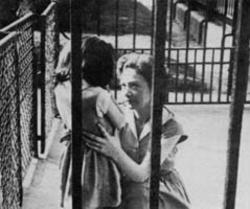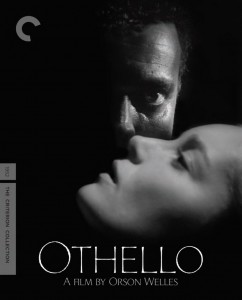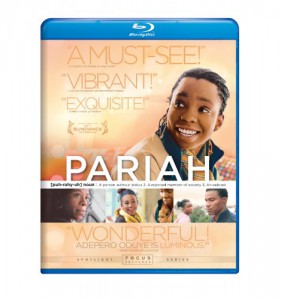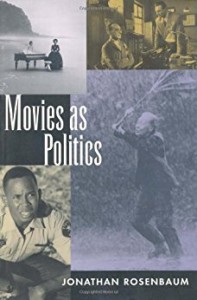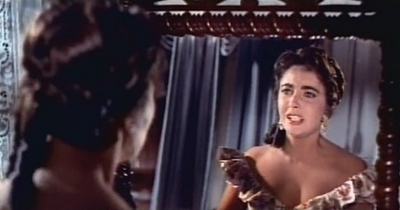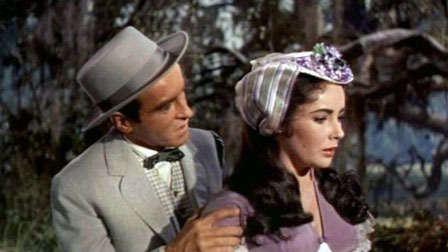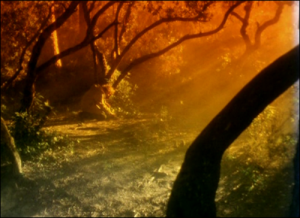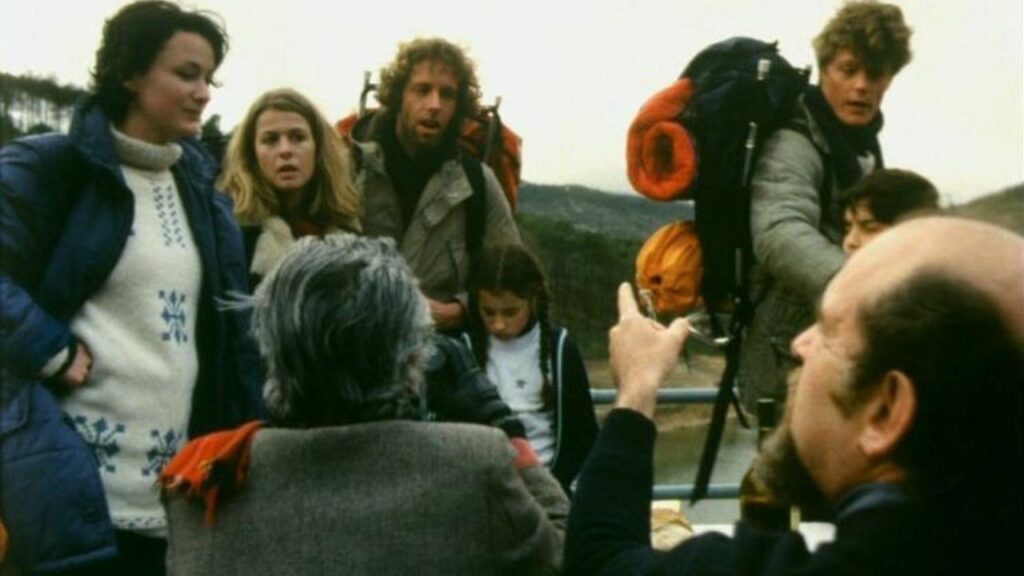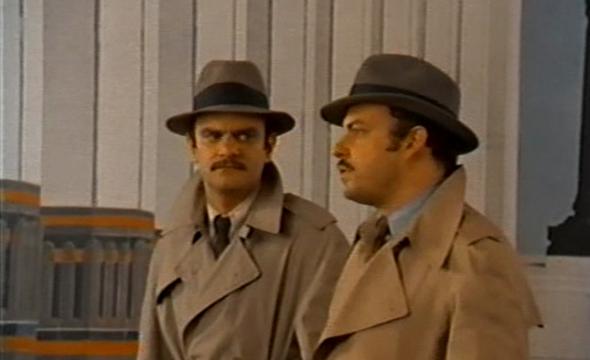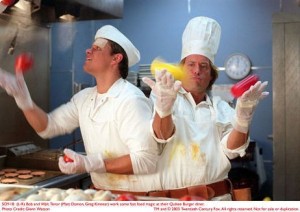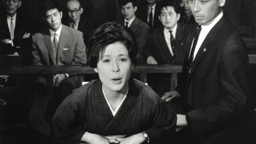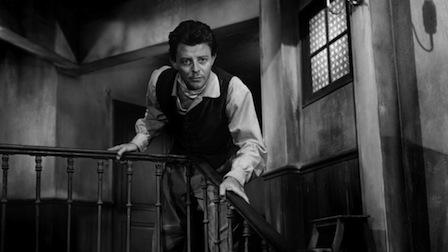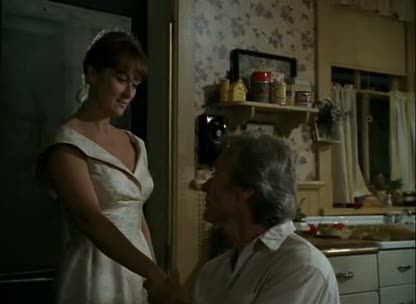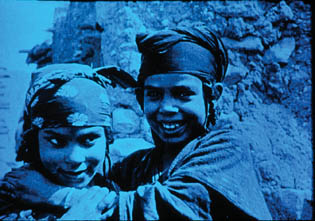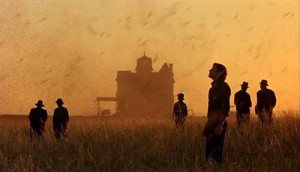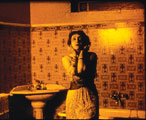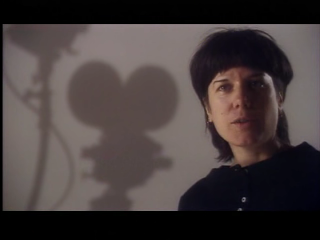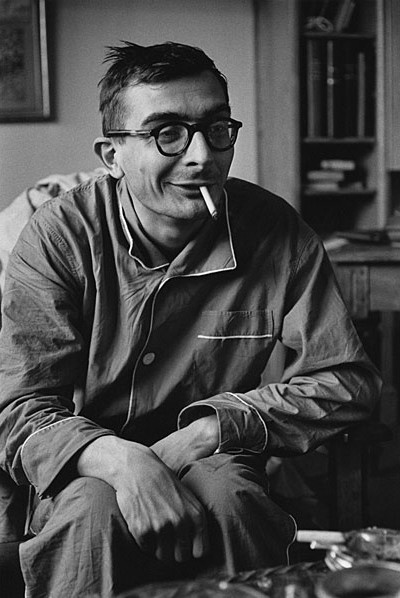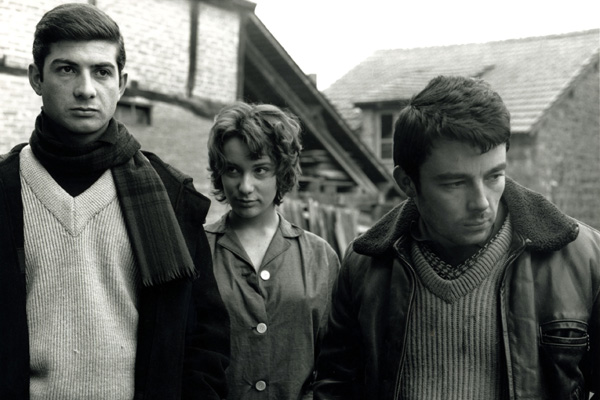Below are some images from José María de Orb’s Aita (Father), a very beautiful Basque film that was just awarded the best feature prize at FICUNAM — a new film festival in Mexico City, held at the enormous and very impressive-looking Universidad Nacional Autonoma de México, where I was privileged to be president of the international feature film competition jury. My fellow jurors were Sergei Dvortsevoy, Emmanuel Burdeau, Nicolás Echevarría, and Roberto Fiesco Trejo, and we viewed sixteen features in all.
Here is our statement about our selection:
“We would like to thank this brand-new festival for adopting the overall strategy of challenging viewers rather than following more traditional paths.
“The three films we have selected are very different from one other, but one important thing they have in common is the struggle and the uncertainties about living in the present in relation to the weight of the past.
“We would first of all like to give a special mention to a very original comedy from Uruguay that confronts the so-called death of cinema with charm, modesty, and precision. Our special mention goes to La vida útil by Federico Veiroj.
“Our selection of best director goes to a filmmaker whose story about the love between a father and daughter plays against the uncertainties of life, sex, and death in relation to the cataclysmic transition in Greece from peasant culture to industrialization. Read more

